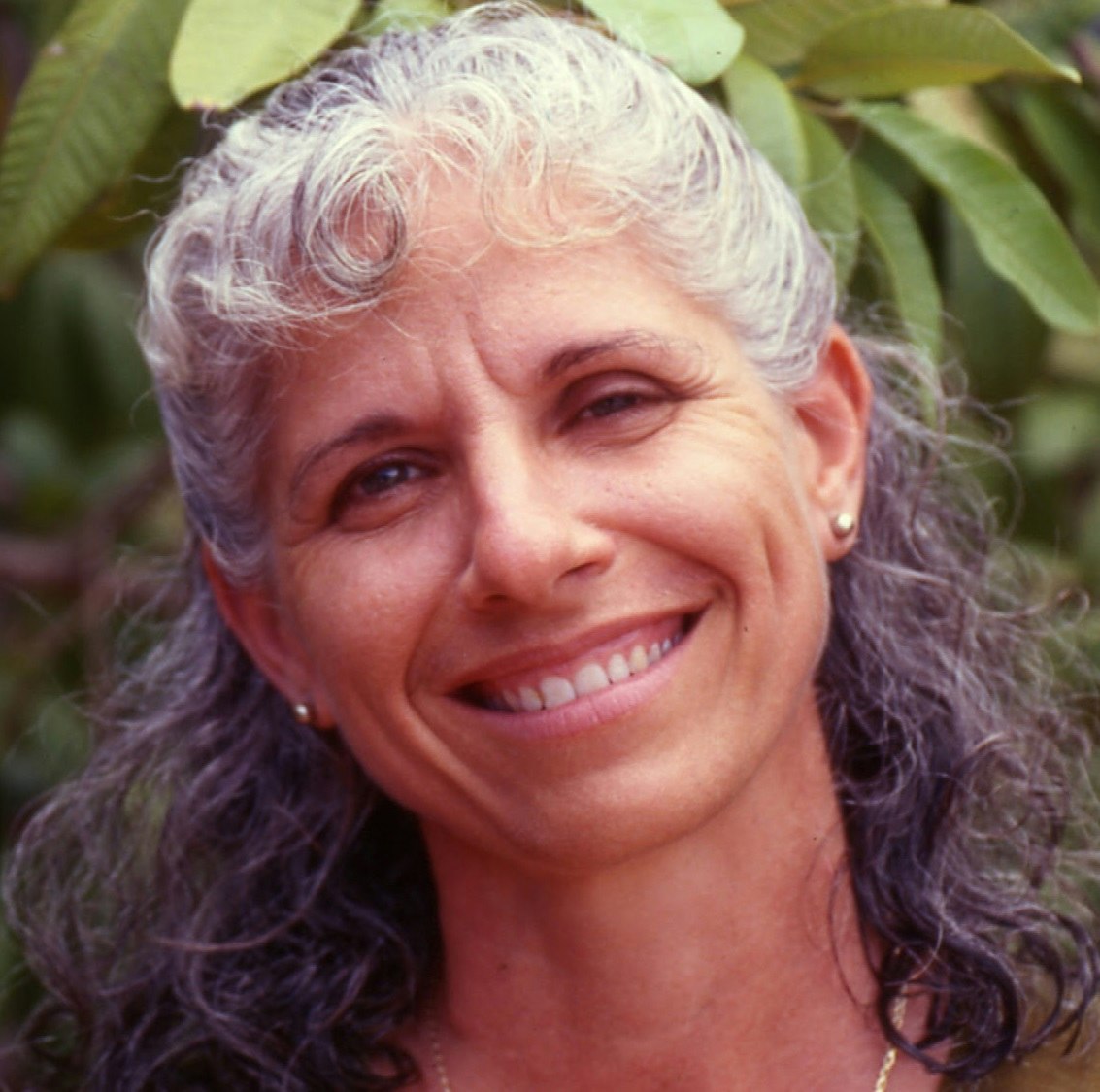Waterbird ecology, capacity building and environmental education: the Cuban wetlands project
In a world where wetland habitat for birds is becoming rarer and those that remain are prone to destruction, a new possibility for habitats is emerging: rice paddies. Rice is a major crop throughout the world but especially in developing countries where 95% of the world’s rice crop is produced. Where wildlife is not persecuted, these rice paddies can also serve the dual purpose of providing important havens for biodiversity where natural wetlands are in decline.
Lourdes Mugica Valdés is Auxiliar Professor at the University of Havana’s Faculty of Biology in Cuba. She has taught there since 1982, involved in both formal ecology courses and in the faculty’s research and environmental education programmes. She is part of Havana University’s bird ecology group, which is widely recognised for its contribution to our knowledge of Cuban waterbird ecology. She is, moreover, a world leader in the study of rice paddies as an important habitat to aquatic bird species.
Lourdes is devoting her life to saving wetlands in Cuba. The biggest island in the Caribbean, Cuba is in the middle of waterbird migration corridors including the Atlantic and Mississippi flyways and is also host to some of the last significant populations of several Caribbean bird species including the West Indian Whistling Duck. Of great interest to Lourdes is the fact that rice is also the second most important crop after sugar cane in Cuba.
In a poor country where people depend on rice as a staple, rice farmers working near to wetlands were initially suspicious of her motives. But through talking with farmers about their aspirations and sharing the results of her observations of birds, Lourdes is working closely with farmers to convince them not to kill the birds but to regard them as beneficial to their rice crops.
Rice farmers were concerned about crop losses presumed to be caused by birds but Lourdes has found that the majority of birds feed mainly on animal pests and weeds rather than rice seeds. Her research shows they are an important biotic component of the rice agro-ecosystem, especially in the energy flow between the paddies and the nearby wetlands.
Her findings have helped change the attitudes of farmers towards birds on their rice paddies – an important development given that the two most important wetlands in the country, the Zapata Swamp and the Biramas Swamp, both have rice plantations in the nearby areas which are heavily used by birds.
PROJECT UPDATE
Limited transport and communication resources make Cuba a very challenging place to undertake field research. Lourdes has, however, managed to overcome the obstacles and is working hard to fill the information gap which exists in relation to Cuba’s wetlands. Little was known about Cuba’s wetlands before her work began but funding from the Whitley Fund for Nature in 2001 and subsequently in 2002 has enabled Lourdes and her team to embark on more detailed research, revealing that in Los Palacios, for example, bird populations had been completely underestimated.
In 2005, Lordes was awarded Continuation Funding to enable Lordes to continue to expand her project. Combining research with an active environmental education program, wetland training workshops and the development of local groups called “Wetland Friends” to involve local people in conservation, Lourdes is slowly changing attitudes whilst demonstrating that rice cultivation is compatible with avian conservation.
As farming management practices have the potential to drastically reduce wildlife living in and around rice paddies, Lourdes’ work has had enormous significance not only for the management and conservation of wetland bird species in Cuba but worldwide.
CUBAN RICE PADDIES PROPOSED AS IMPORTANT BIRD AREAS
January 5th 2006
As a result of Lourdes’ conservation work, two rice paddies with neighbouring coastal areas at Costa Sur de Sancti Spiritus and Pinar del Río province have been proposed as Important Bird Areas (IBAs) for Cuba. Financed by the Whitley Fund for Nature and implemented by the group Ecología de Aves from the Universidad de la Habana’s Biology Department, the project has gathered the data needed to propose IBA status. If designated, it is hoped the areas will attract interest from birdwatchers, conservationists and planners to develop ecotourism projects and further scientific study.
IBAs are key sites for conservation which are small enough to be conserved in their entirety and often already part of a protected area network. IBAs often hold significant numbers of one or more globally threatened species or have exceptionally large numbers of migratory or congregatory species. Normally located in natural areas, it is unusual for a crop area to be proposed as an IBA. However, in Cuba, rice cultivation goes through a wet and dry cycle leading to diverse conditions and consequently high levels of vertebrate and invertebrate biodiversity.
For more information, see the press release from BirdLife by clicking here.






